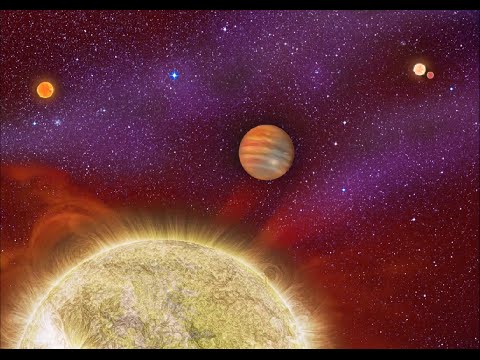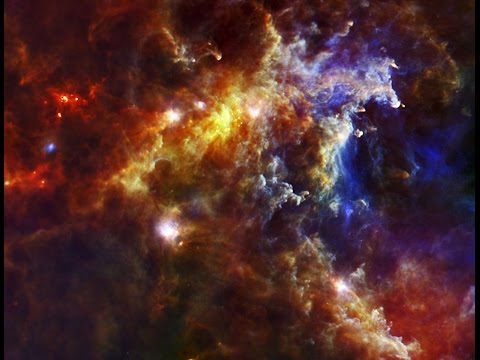The Dark Side of the Universe: Exploring the Enigma of Dark Matter
The universe is a vast and mysterious place, full of wonders that continue to baffle and astound scientists. Among the many mysteries that have intrigued astronomers and physicists for decades is the enigma of dark matter. Dark matter is a mysterious substance that makes up about 27% of the universe, yet it is invisible and does not emit, absorb, or reflect light, making it incredibly difficult to detect and study.
The existence of dark matter was first proposed in the 1930s by Swiss astronomer Fritz Zwicky, who noticed that the movement of galaxies in clusters could not be explained by the visible matter alone. Since then, scientists have been on a quest to unravel the mysteries of dark matter and understand its role in the universe.
One of the key pieces of evidence for the existence of dark matter comes from observations of the rotation curves of galaxies. These curves show that stars and gas at the outer edges of galaxies are moving much faster than they should be based on the amount of visible matter present. This discrepancy suggests that there must be an invisible source of mass, such as dark matter, that is holding galaxies together through its gravitational pull.
Another compelling piece of evidence comes from the cosmic microwave background radiation, the faint afterglow of the Big Bang. Measurements of this radiation have revealed that the distribution of dark matter in the universe is clumpy, with dense regions where galaxies and galaxy clusters form. This clumpiness is consistent with the idea that dark matter is a cold, non-interacting substance that only interacts with normal matter through gravity.
Despite the overwhelming evidence for its existence, dark matter remains one of the most elusive and puzzling aspects of the universe. Scientists have proposed various theories to explain the nature of dark matter, ranging from exotic particles like WIMPs (Weakly Interacting Massive Particles) to modifications of the laws of gravity on cosmic scales. However, none of these theories have been conclusively proven, and the true nature of dark matter remains a mystery.
The search for dark matter continues today, with experiments taking place around the world to try and detect the elusive substance. Some of the most promising experiments include the Large Hadron Collider, which is searching for dark matter particles produced in high-energy collisions, and the Dark Energy Survey, which is mapping the distribution of dark matter in the universe using gravitational lensing.
Understanding dark matter is crucial for our understanding of the universe as a whole. Its gravitational influence shapes the large-scale structure of the cosmos, determining how galaxies and galaxy clusters form and evolve over time. By unraveling the mysteries of dark matter, scientists hope to gain a deeper insight into the fundamental forces and particles that govern the universe.
In conclusion, the dark side of the universe holds many mysteries, and dark matter is perhaps the most intriguing of them all. Its invisible presence pervades the cosmos, shaping the evolution of galaxies and influencing the fate of the universe itself. As scientists continue to explore the enigma of dark matter, we may one day unlock the secrets of this elusive substance and gain a deeper understanding of the universe in which we live.













